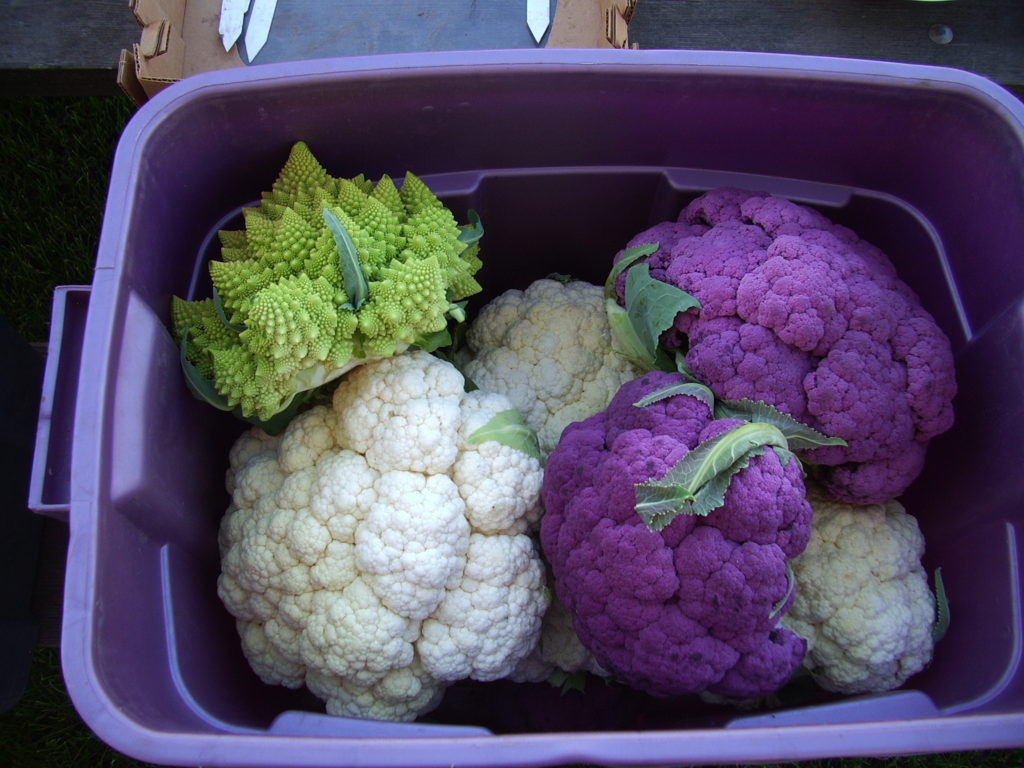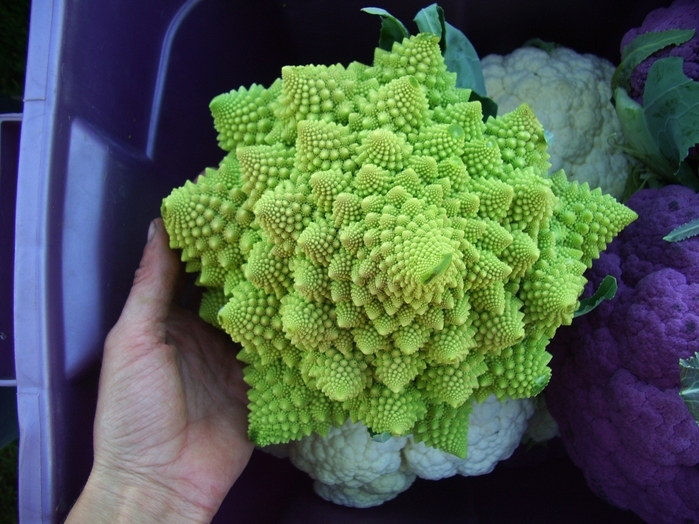When compared with many foods, fruits and vegetables are unequivocally healthy. But look more closely and you’ll find a wide variation in how nutritious they are. This variation is given short shrift by most health campaigns, which focus on nudging people toward eating fruits and vegetables and less junk food, period. Unfortunately, the devil is in the details. I think most of us, including my 4-year-old, are adept at distinguishing between unhealthful junk food and the merits of fruits and vegetables. But we don’t give much thought to which types of fruits and vegetables (and which varieties) are most nutritious.

If you’re like me, you think just because something is a fruit or vegetable then you can eat as much of it as you want to. For instance, mandarins and super sweet corn, albeit a fruit and a vegetable, veer toward junk food in terms of sugar content. One medium mandarin has 9 grams of sugar, on par with one standard Reese’s cup, which contains 10 grams of sugar. One large white ear of corn contains just about as many carbohydrates (25 grams) as half of a bagel (27 grams). Granted, they do contain more fiber and nutrients than junk food.
Simple slogans from the U.S. Department of Agriculture encourage us to fill half of our plate with fruit and vegetables each meal (a little more vegetables than fruit). This gives us the idea that as long as we eat a certain amount of any fruit or vegetable at each meal, then we have our bases covered and will be healthy. Continue reading
